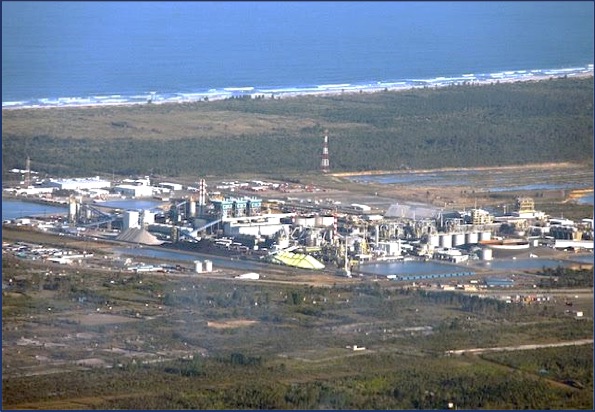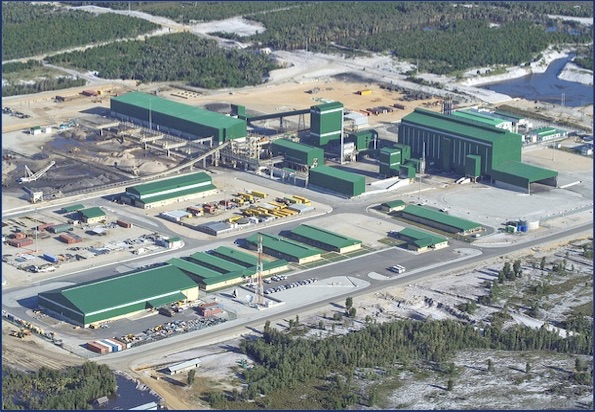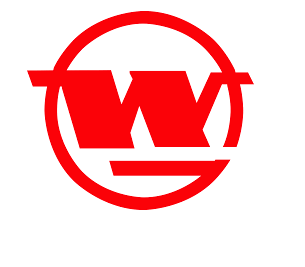Madagascar
The Island
Madagascar is a large island (4th largest island in the world) located in the Indian Ocean about 450 km east of the coast of Mozambique. With an area of 587,041 km², Madagascar is larger than Japan and South Korea combined.
The prehistoric breakup of the supercontinent, Gondwana, separated the Madagascar-Antarctica-India landmass from the Africa-South America landmass around 135 million years ago. Madagascar later split from India about 88 million years ago, allowing plants and animals on the island to evolve in relative isolation.
Population And Origins
Despite its massive size, Madagascar has a population of only around 22 million inhabitants. The Malagasy people are ethnically diverse, made up of ethnic groups including Malayo-Indonesian, mixed African, and Arab ancestries.
This diversity originates from Madagascar’s fascinating history. Initially settled by Malayo-Indonesian seafarers in roughly the first century A.D, Madagascar was frequently visited by Arabs traders later in the 6th century. And finally, since the 16th century, Madagascar has been significantly influenced by both French and British colonisation.
More recently, in October 1958, the Malagasy Republic was proclaimed as an autonomous state within the French Community and it gained full independence in June 1960.
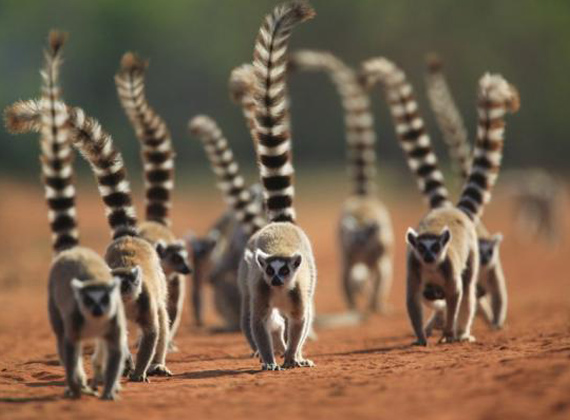
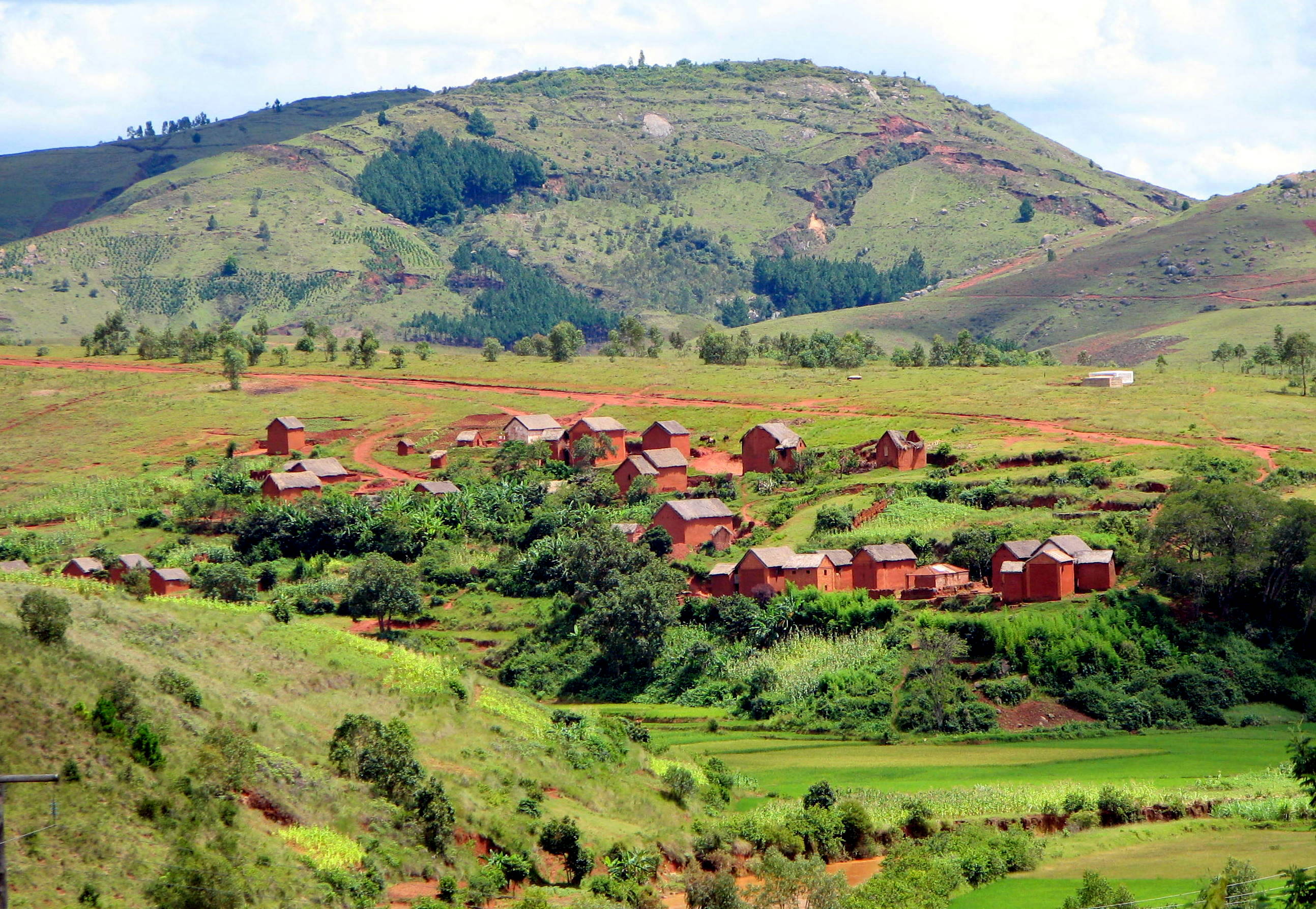
Government And Economy
Like many former colonies, Madagascar has been through various political states in the years following independence. Currently, the country has achieved a level of political stability that is supportive of economic growth.
The Presidential Republic has undertaken successful democratic elections in both 2013 and 2018, and the government is receiving growing support and recognition by the United Nations and key sponsor countries, including the United States, Russia, South Africa, China, and the European Union.
Madagascar has a market economy supported by its well-established agricultural sector and emerging tourism, textile and mining industries. Malagasy agriculture produces tropical staple crops such as rice and cassava, beans and bananas, including cash crops such as vanilla, cloves, cacao, sugar, pepper and coffee.
One Belt One Road (OBOR)
In 2017, Madagascar joined China’s One Belt One Road (OBOR) initiative, with an expected $5B of Chinese investment to pour into Madagascar over the coming years. This is incredibly exciting news that will benefit the country immensely.
Shown on the right are Chinese President Xi Jinping and then President of Madagascar, Hery Rajaonarimampianina, at the OBOR signing ceremony, Beijing, March 2017
President Xi: “China supports Madagascar in playing its role as a bridge between the Belt and Road and the African continent.”
President Rajaonarimampianina: “Madagascar supports the Belt and Road Initiative, increase cooperation with China in energy, aviation, transportation, ports and airport construction.”
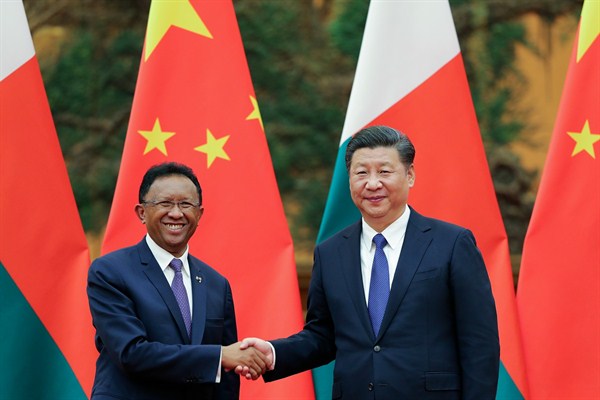
Foreign Direct Investment In Natural Resources
Ambatovy Nickel-Cobalt mine
Ambatovy is a large-tonnage, long-life nickel and cobalt mining project owned by a consortium of Sherritt International, Sumitomo and Korea Resources invested. Total project costs are estimated to be more than US$ 8 billion, making Ambatovy the largest-ever foreign investment in Madagascar – and one of the largest in sub-Saharan Africa and the Indian Ocean region.
At full production, Ambatovy will have the capacity to produce 60,000 tonnes of refined nickel, 5,600 tonnes of cobalt, and 210,000 tonnes of ammonium sulphate fertilizer per annum. This makes Ambatovy one of the world’s largest lateritic nickel mines.
QIT Madagascar Minerals (QMM)
QMM owns and operates a mineral sands mining project near Fort Dauphin on the south-eastern tip of Madagascar. QMM is 80% owned by Rio Tinto and 20% owned by the Government of Madagascar.
Rio Tinto invested over US$1 billion in the development of the project and associated infrastructure, including a new port at Fort Dauphin. QMM plans to extract ilmenite and zircon from heavy mineral sands over an area of about 6,000 hectares along the coast during the next 40 years.
Wuhan Iron & Steel Co (WISCO)
China’s third-largest steelmaker, Wuhan Iron & Steel (WISCO), has been exploring and appraising iron ore deposits in Madagascar’s Soalala region since 2011, having paid $100M for exploration permits in 2010.
WISCO’s current Soala open-pit project is estimated to contain 562 million tons of iron ore. Development of the mine will include construction of a new port in Soalala, approximately 450km north of Tsimiroro.
